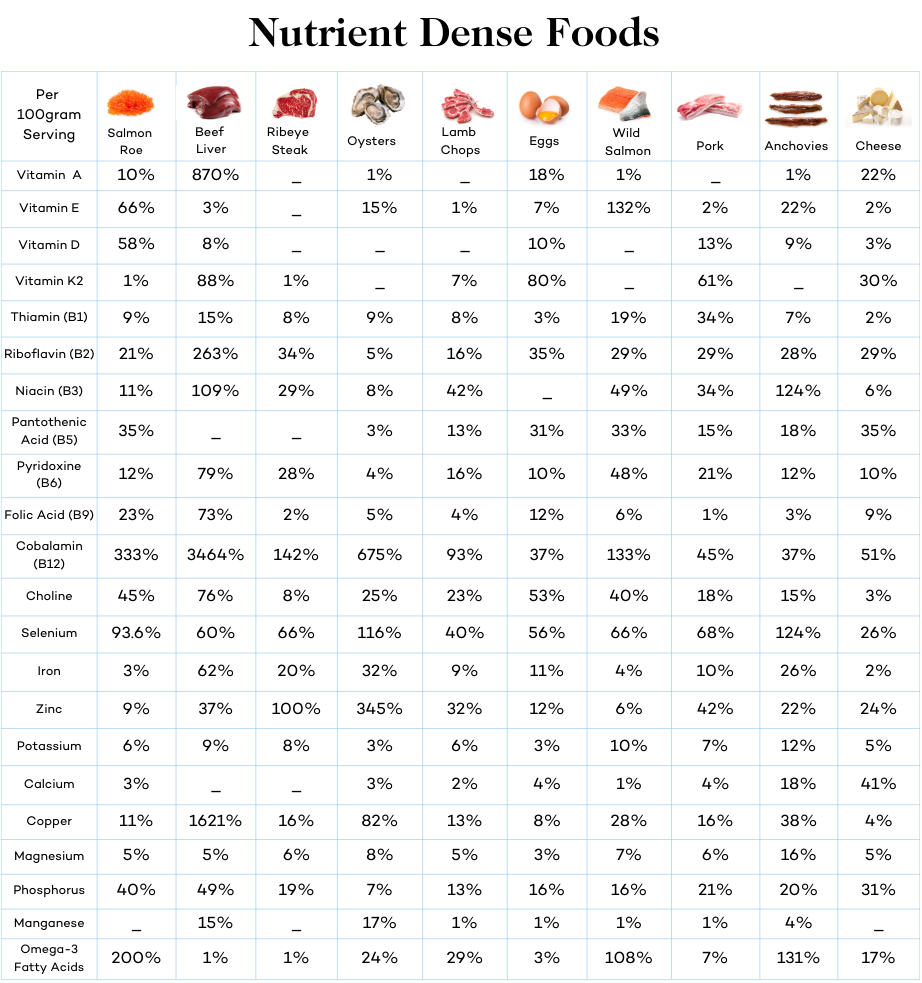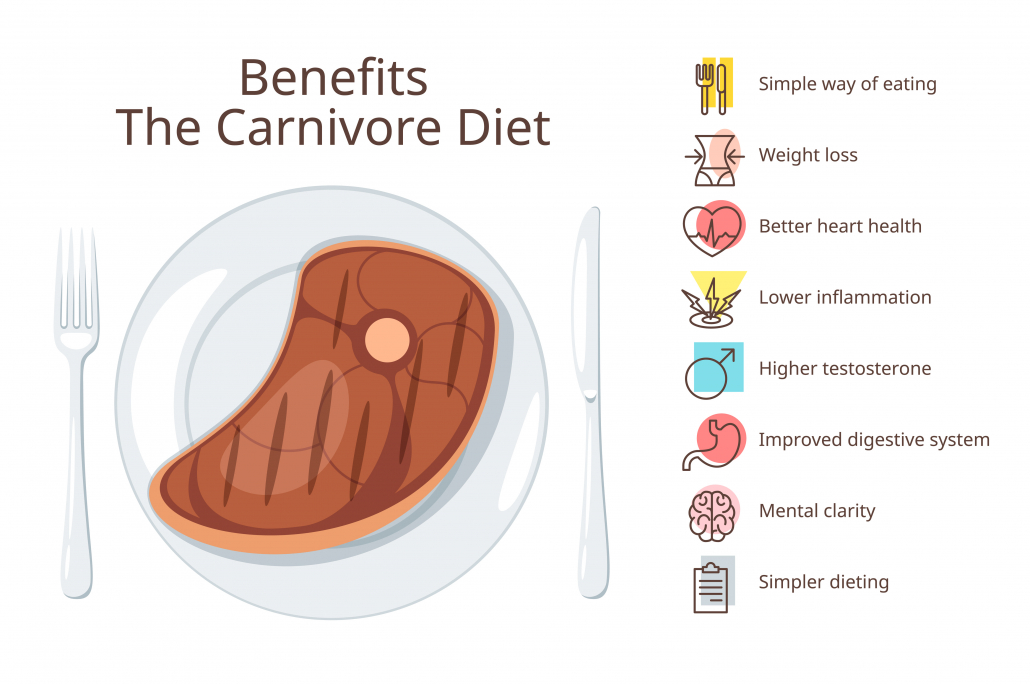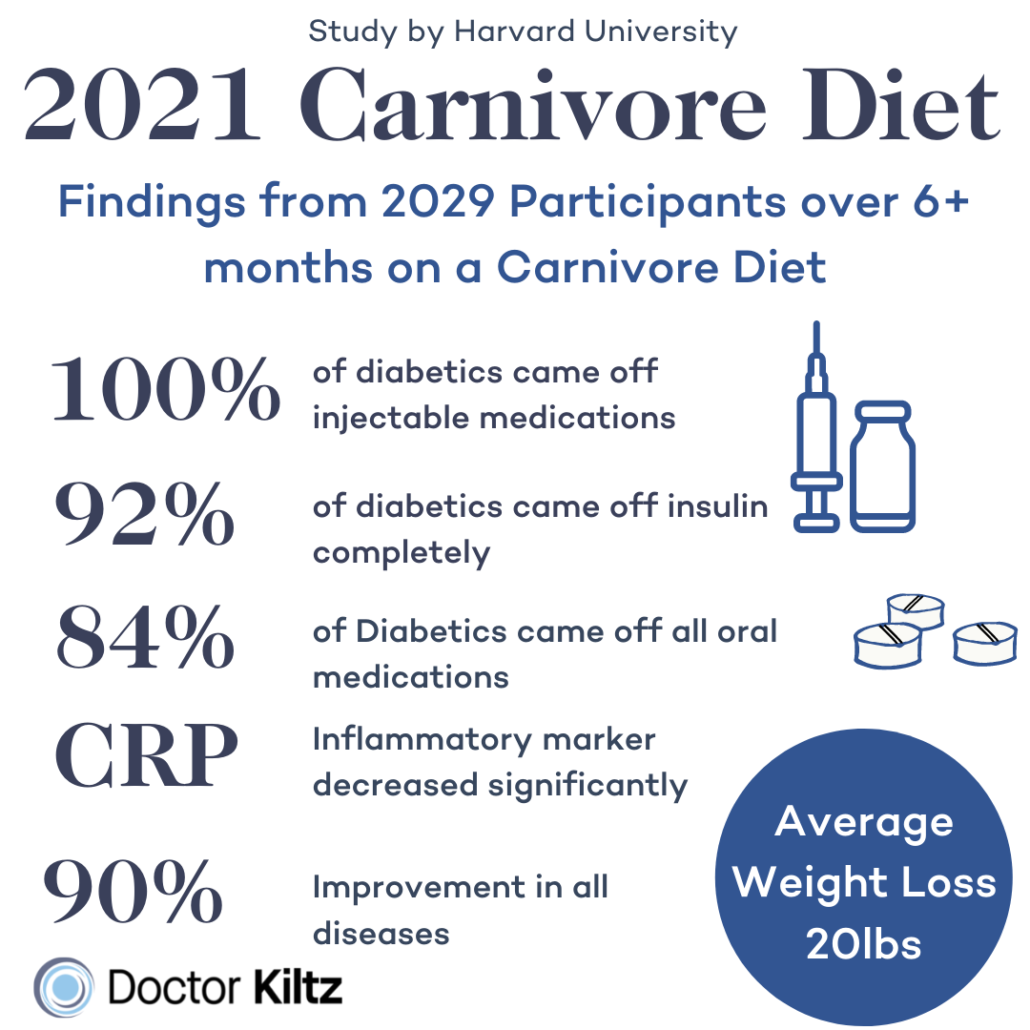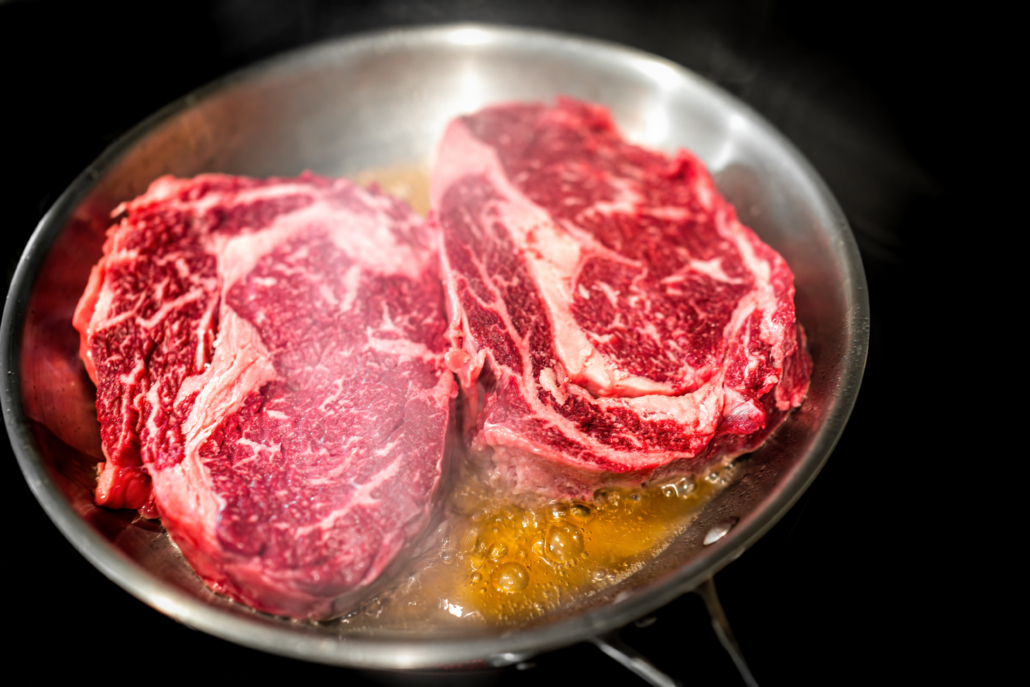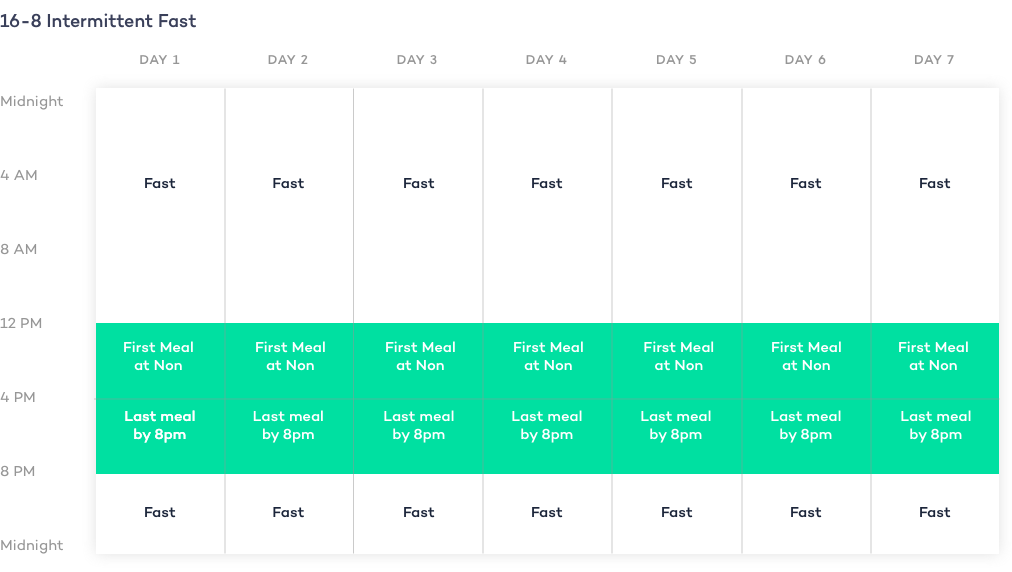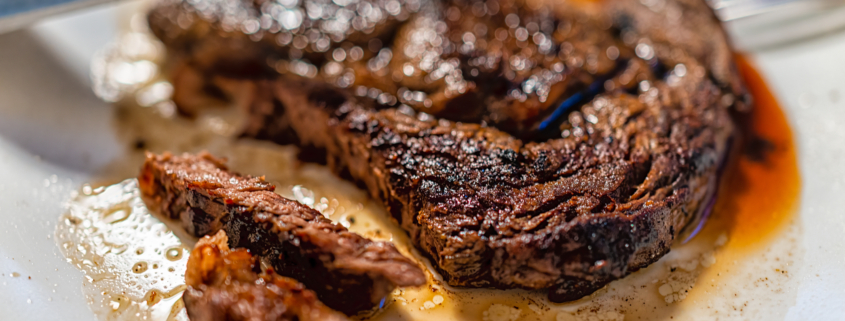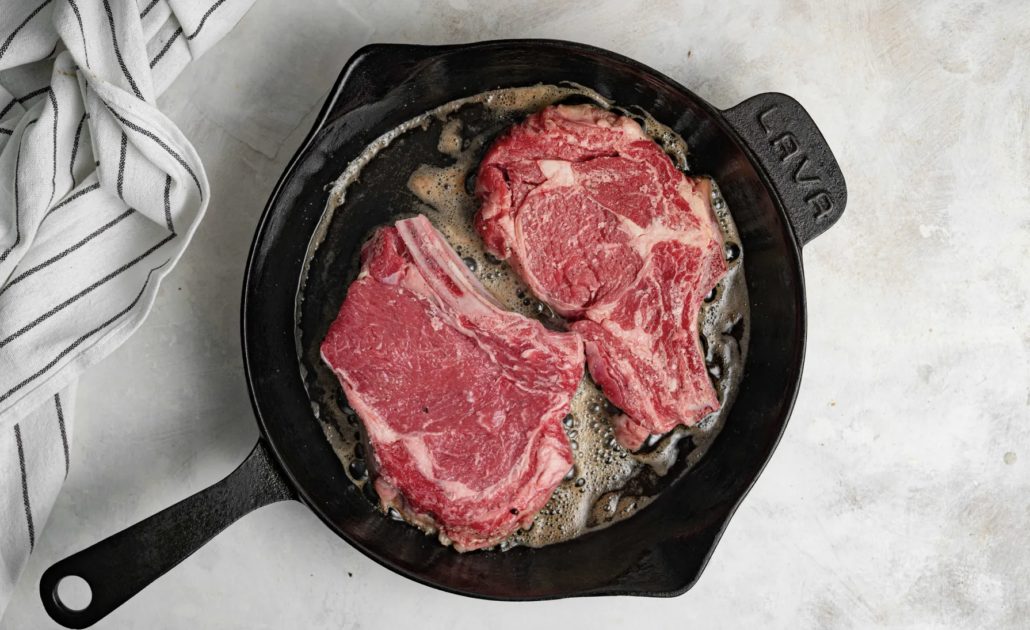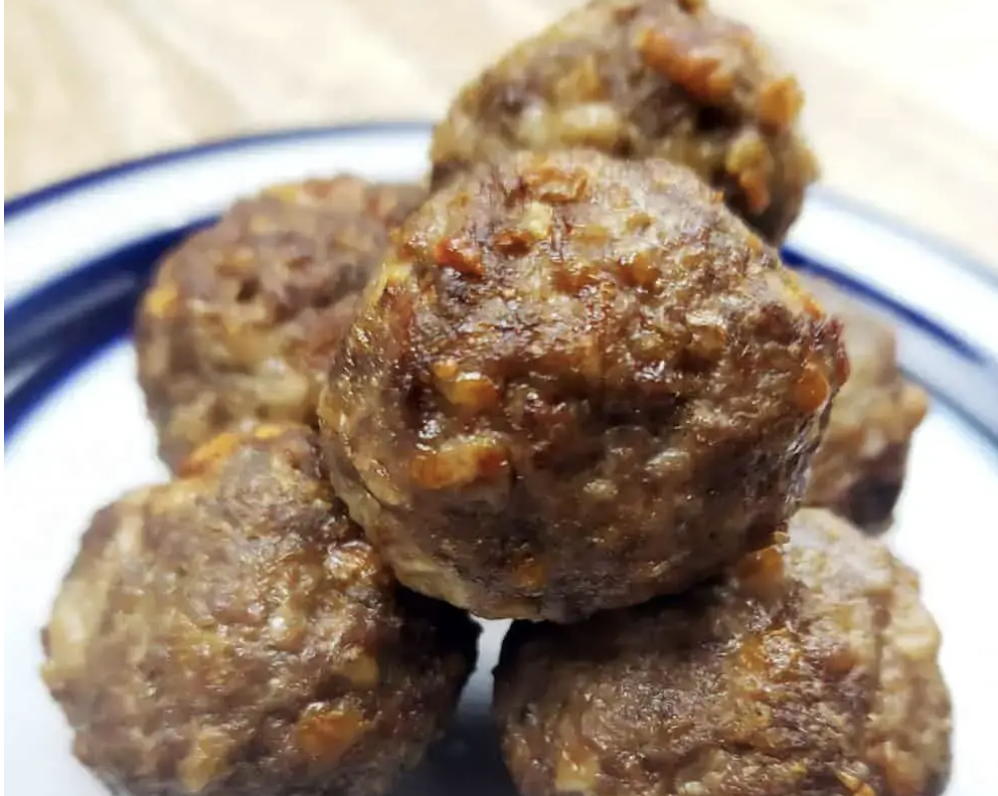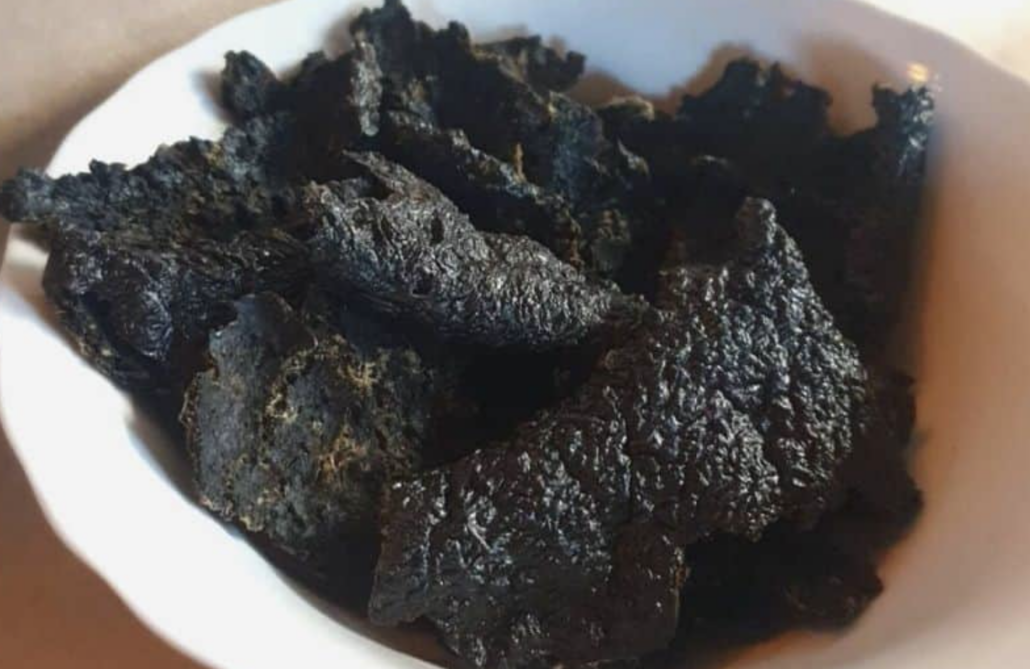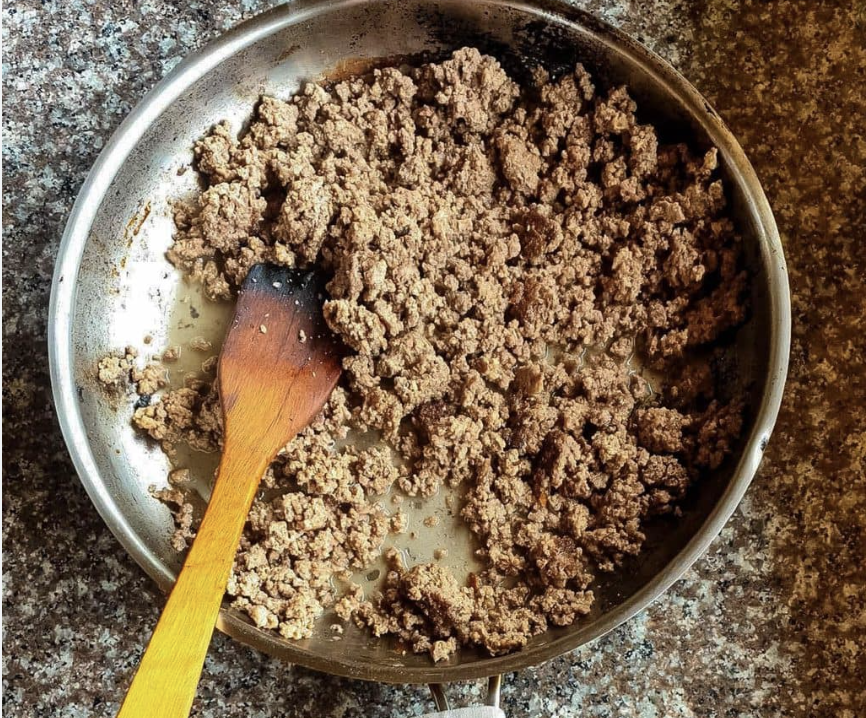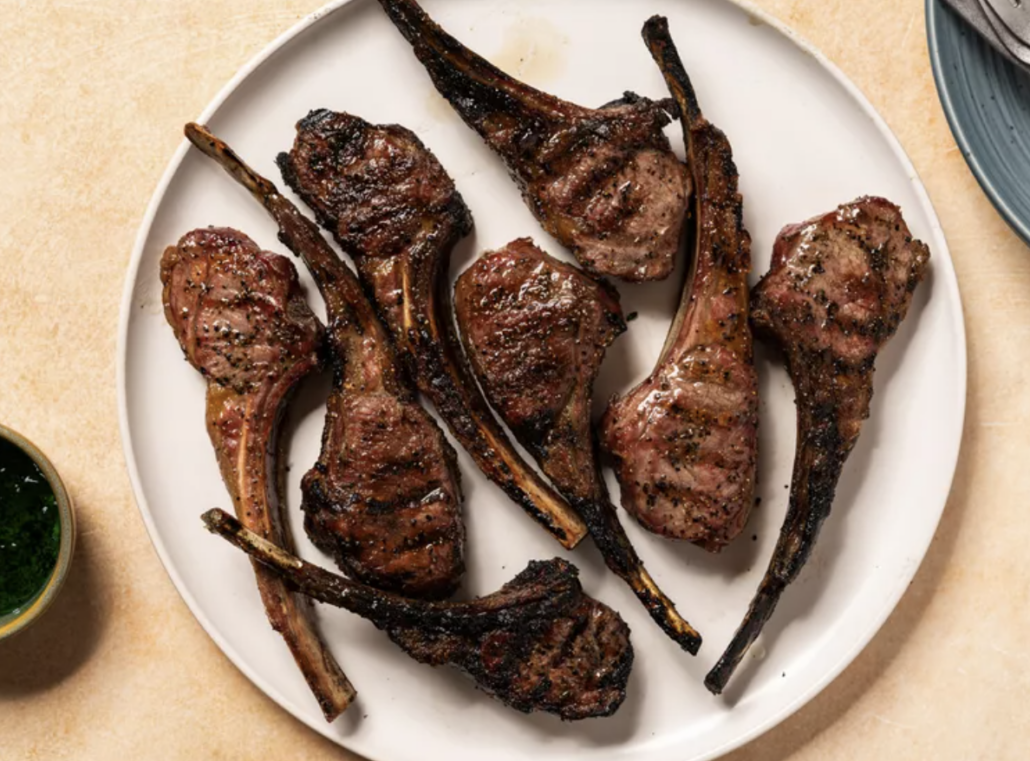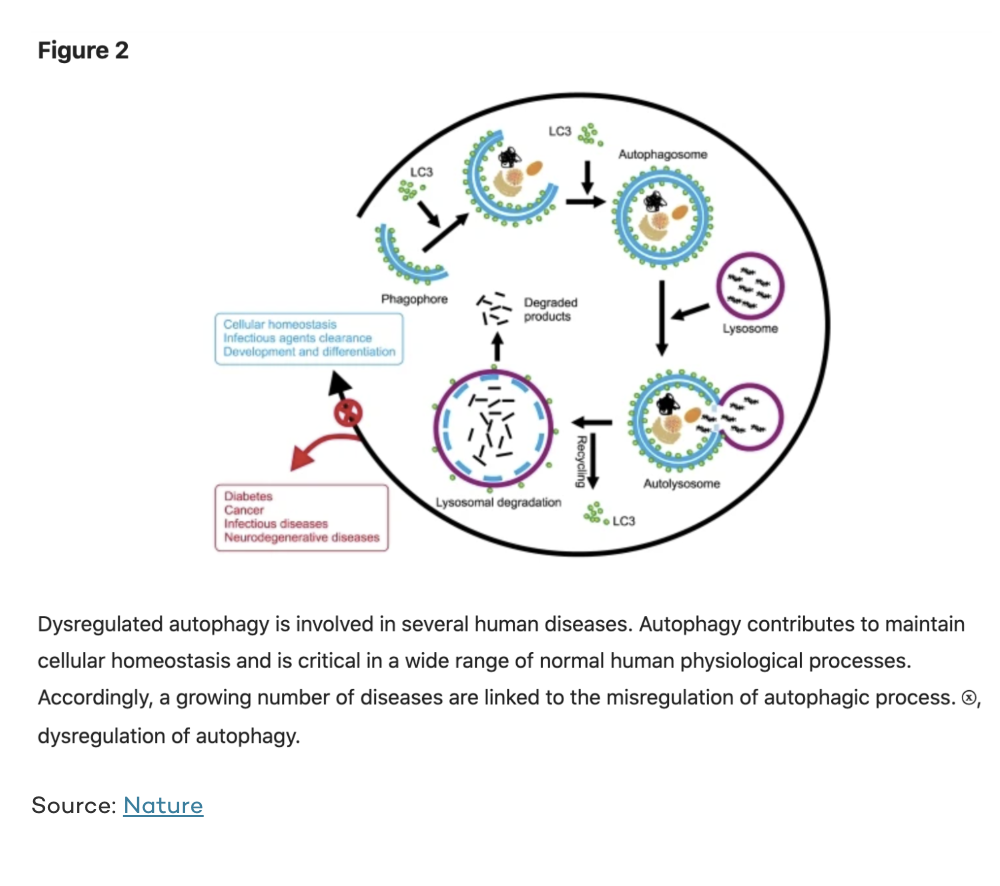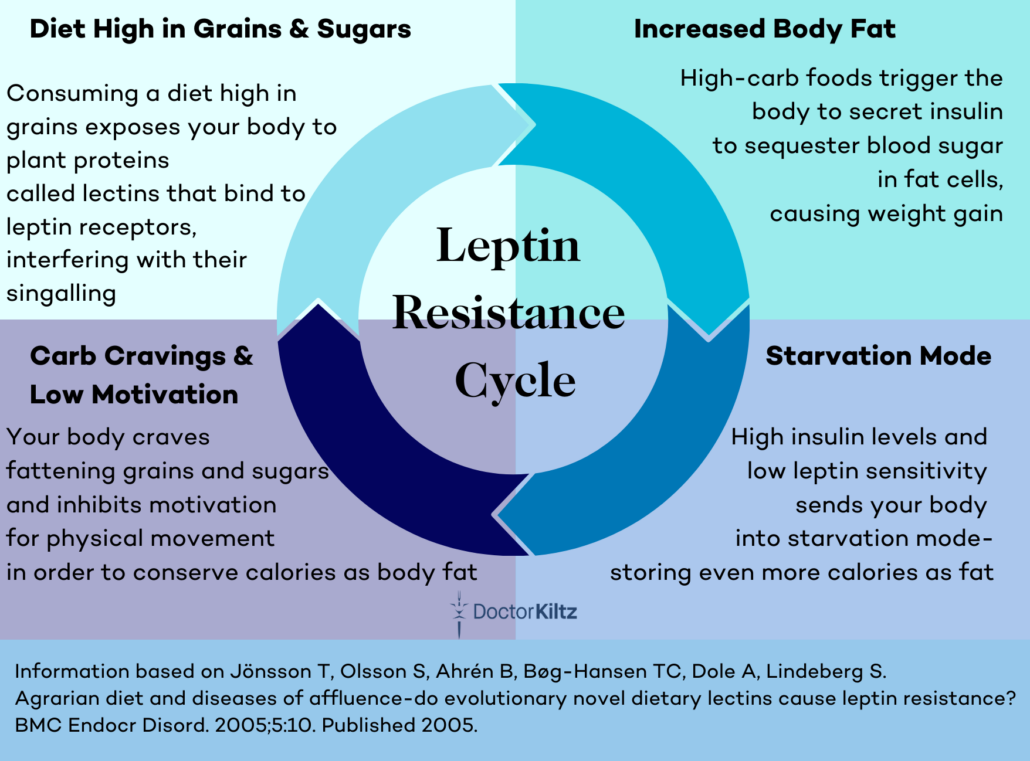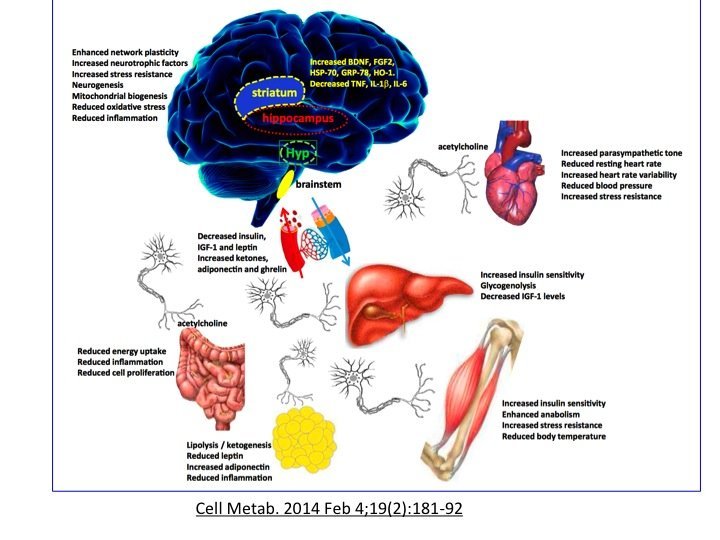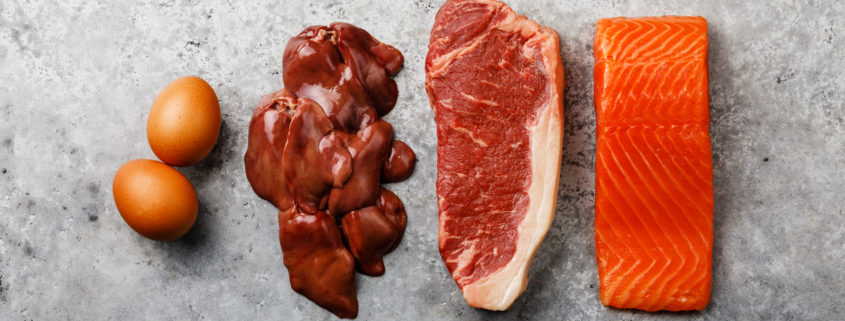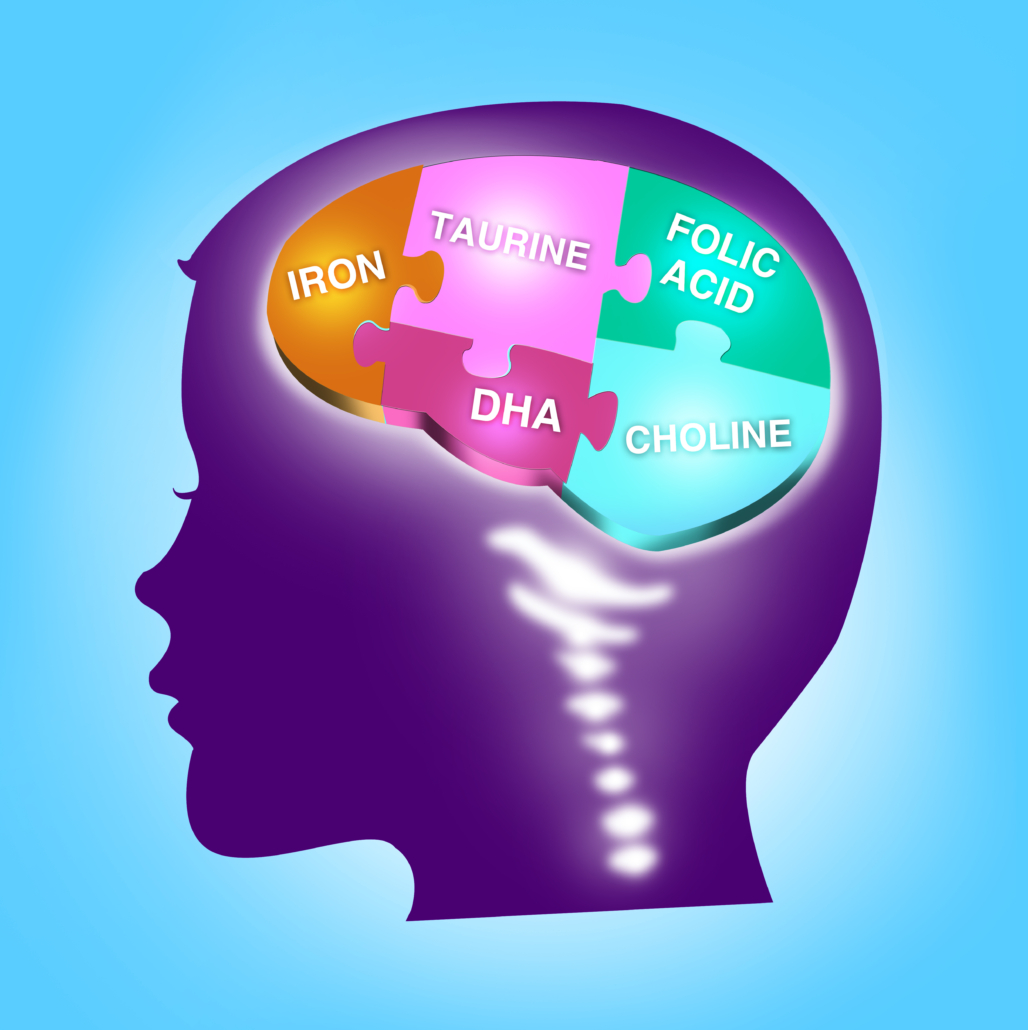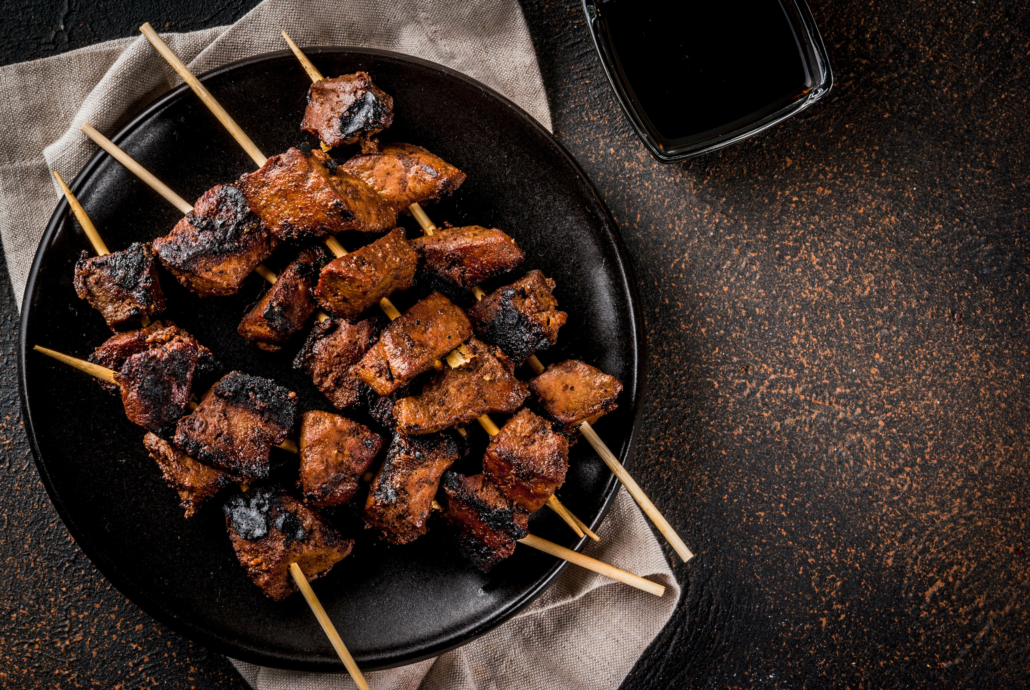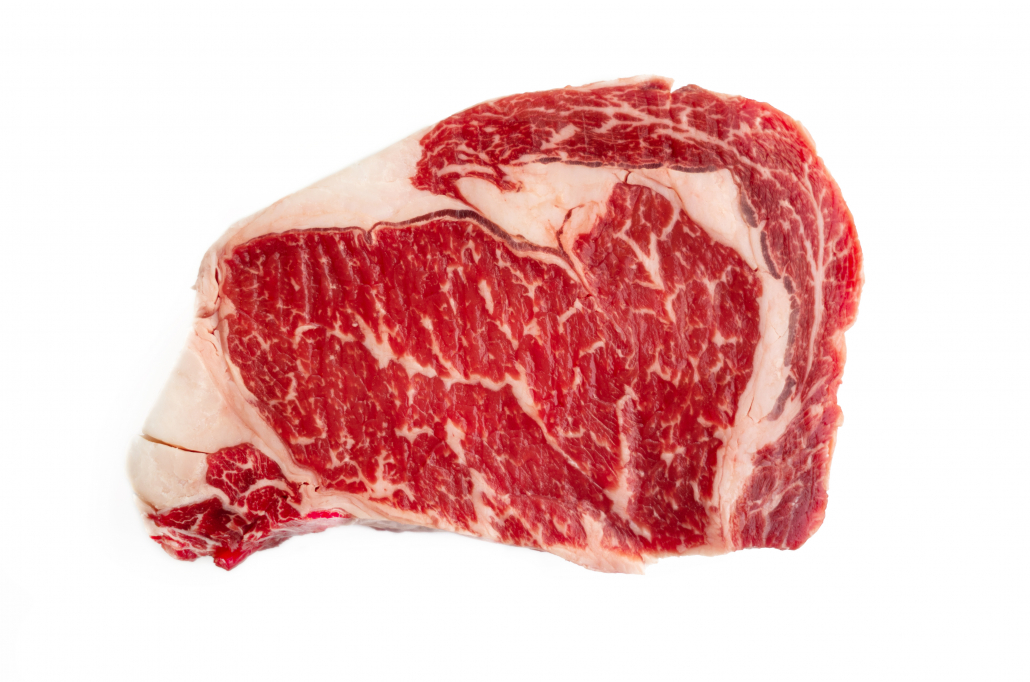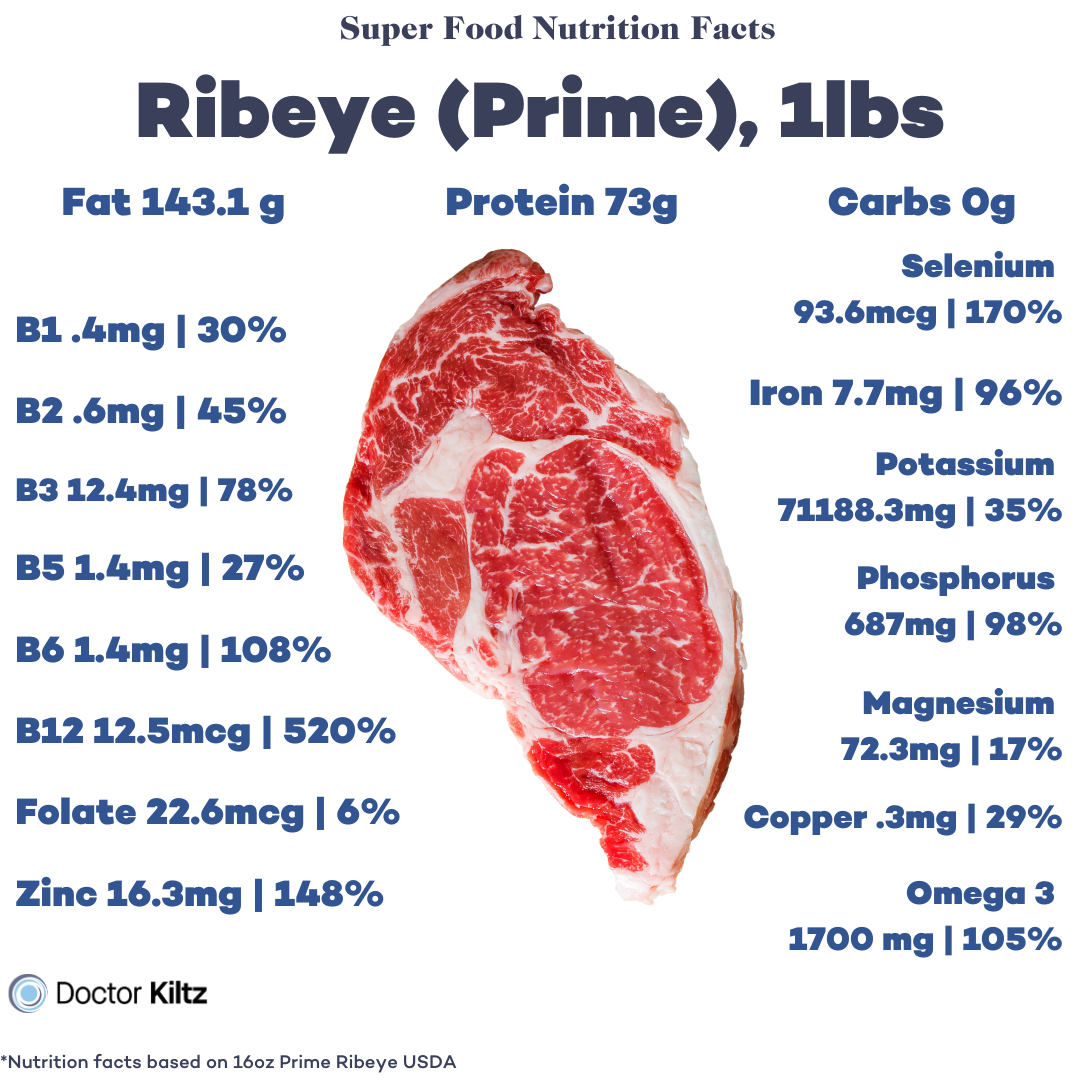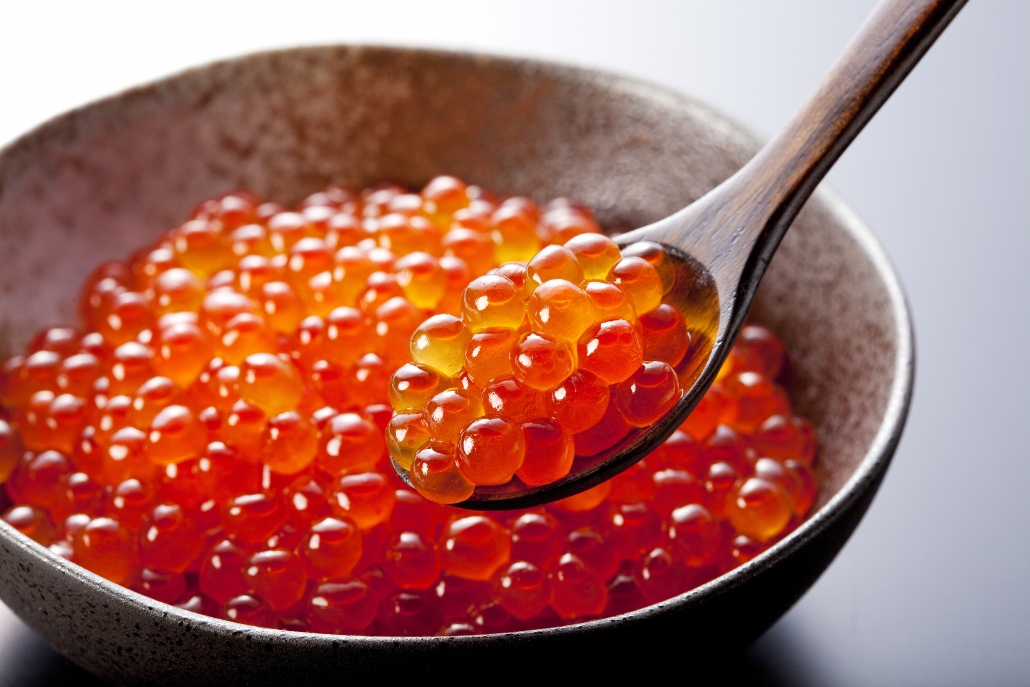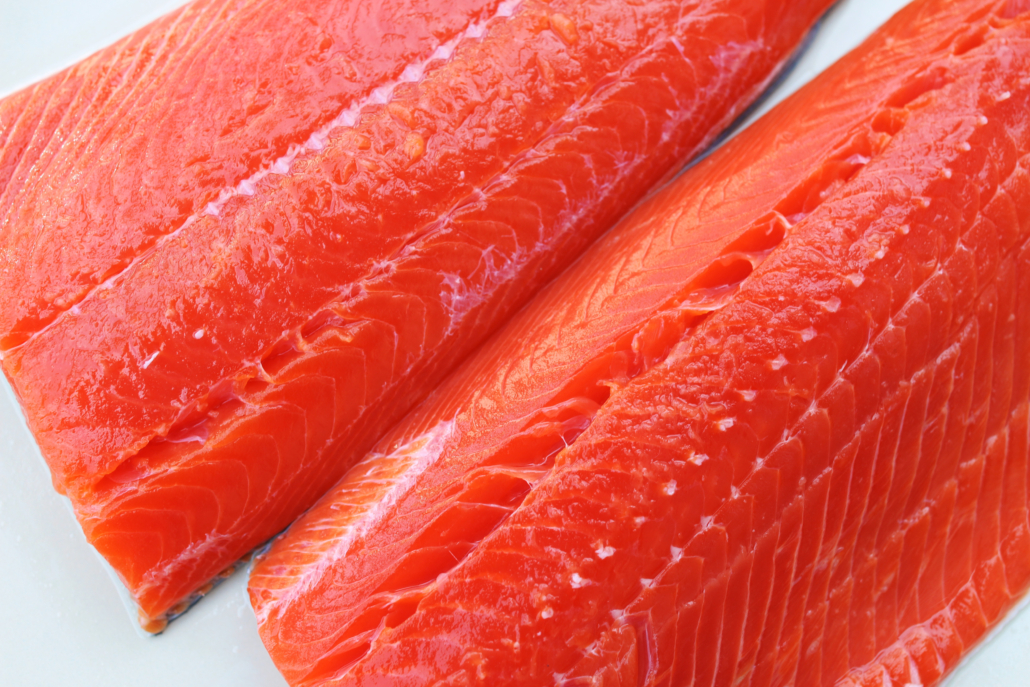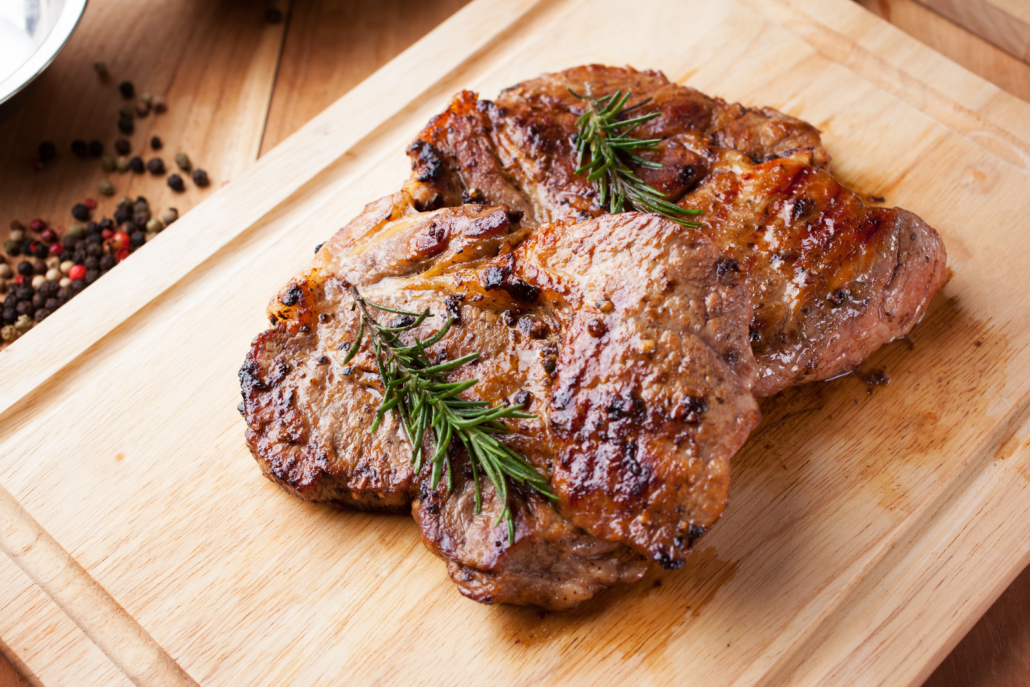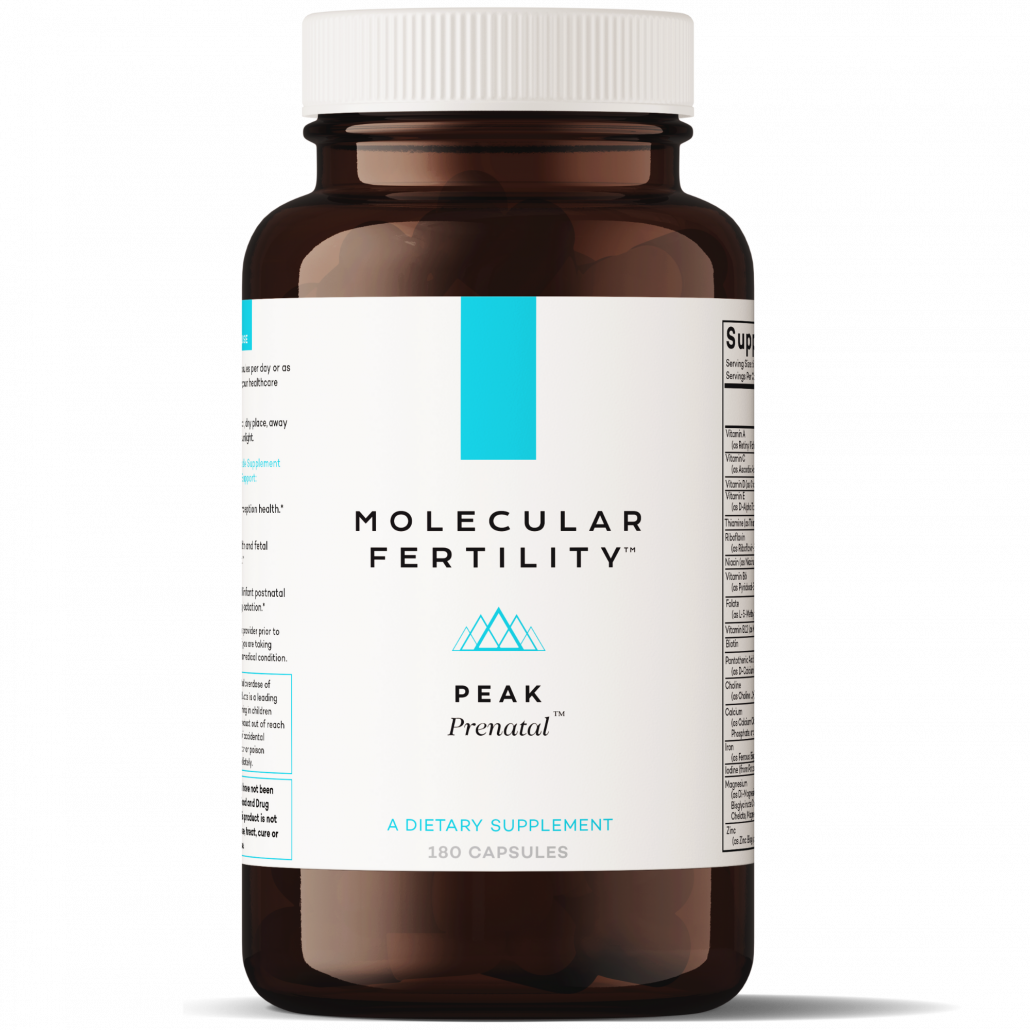Is Liverwurst Good for You? 7 Surprising Health Benefits
If you’re back from a German holiday or looking to boost your organ meat intake on a nose-to-tail diet, you may be asking, “Is liverwurst good for you?”
Liverwurst isn’t usually on the top of people’s healthy food list, but considering that it contains some of the most nutrient-dense ingredients on earth, maybe it should be.
In this article, we’ll uncover the hidden health benefits of liverwurst, its nutritional profile, various ingredients, and the pluses and minuses of incorporating it into your diet.
[TOC]
What is Liverwurst?
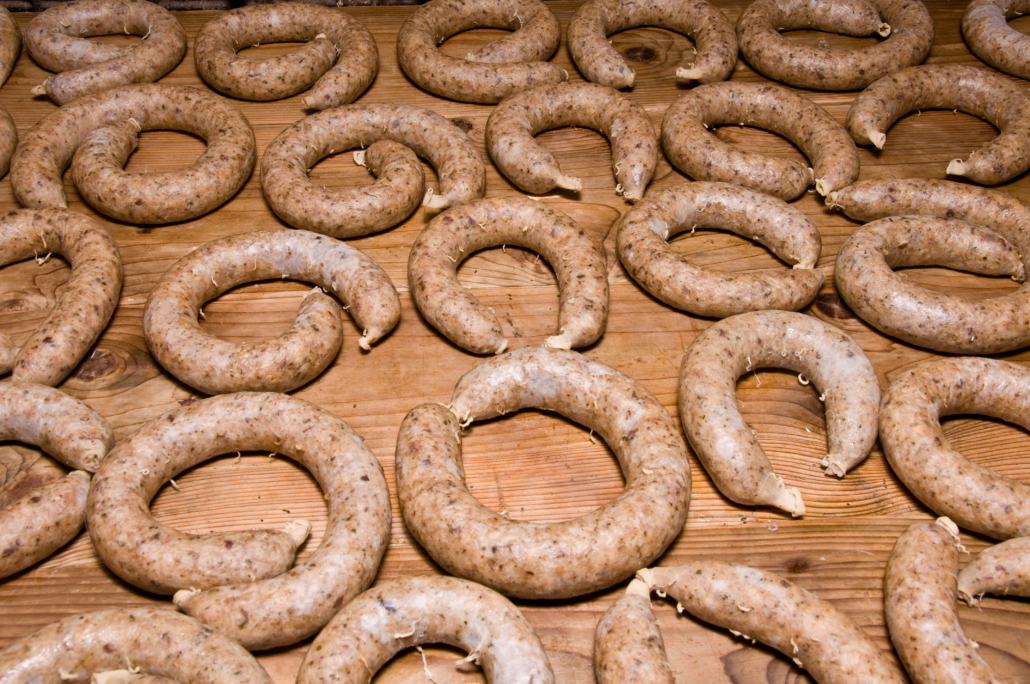
Derived from the German words “Leber” (liver) and “Wurst” (sausage), liverwurst a type of sausage made from ground liver, typically of beef or pork, and sometimes from chicken liver or duck liver.
Liverwurst is extremely popular in many European countries and varies greatly in terms of ingredients and textures.
For example, some types of liverwurst are soft and spreadable like a pate. In contrast, others are as hard as summer sausage and eaten in slices.
The blend of meats, proportions of liver and other organs, and spices also varies widely among regions and producers.
Liverwurst Ingredients
As the name implies, liverwurst is made from either, or a combination of, beef and pork liver, along with other organ meats like kidney and heart, scrap meats, and spices.
Though liverwurst is named after the liver it contains, liver is actually a minority ingredient in most liverwurst recipes.=
To give you an idea of just how wide-ranging liverwurst ingredients are, let’s look at a few popular domestic varieties.
Ingredients in U.S. Wellness Meats Liverwurst
The highest quality liverwurst we’ve found comes from U.S. Wellness Meats. It’s made from
- 50% grass-fed beef trim
- 20% beef liver
- 15% beef heart
- 15% beef kidney
With water, sea salt, onion powder, white pepper, coriander, marjoram, and allspice.
Ingredients in Wellshire Farms Liverwurst
The liverwurst from another popular online purveyor, Wellshire Farms, contains unspecified amounts of pork liver, pork, non-fat dry milk, sea salt, spices, onion powder, and “natural flavors.”
Ingredients in Dietz & Watson Liverwurst
Mass-produced and highly processed liverwurst from Dietz & Watson contains a long list of ingredients that includes fillers and preservatives:
Pork Livers, Pork, Bacon (Cured With Water, Salt, Sugar, Sodium Phosphate, Sodium Erythorbate, Sodium Nitrite, Spice Extract), Salt, Contains Less Than 2% Of Nonfat Dry Milk, Corn Syrup, Water, Modified Corn Starch, Natural Flavors, Sodium Phosphate, Dextrose, Bacon Flavor (Pork, Natural Smoke Flavor, Mono and Diglycerides), Maltodextrin, Sodium Erythorbate, Sodium Nitrite.
Liverwurst Nutrition

As you might expect, the nutrition in liverwurst varies greatly depending on the ingredients used. The following stats are for USDA-standardized liverwurst made with pork.
| Nutrient | Amount per 100-gram serving | % RDV |
| Fat | 28g | N/A |
| Saturated fat | 11g | N/A |
| Cholesterol | 153mg | 0% |
| Sodium | 860mg | 53% (N/A Keto/Carnivore) |
| Carbohydrates | 2g | |
| Protein | 14g | |
| Vitamin A | 27667.0IU | 922% |
| Vitamin B12 | 13.5µg | 561% |
| Vitamin B2 (Riboflavin) | 1.0mg | 79% |
| Vitamin B5 (Pantothenic acid) | 3mg | 55% |
| Vitamin B3 (Niacin) | 4.3mg | 27% |
| Vitamin B1 (Thiamin) | 0.3mg | 23% |
| Vitamin B6 | 0.2mg | 15% |
| Selenium | 58.0µg | 105% |
| Iron | 6.4mg | 36% |
| Copper | 0.2mg | 26% |
| Phosphorus | 230.0mg | 23% |
| Zinc | 2.3mg | 16% |
| Tyrosine | 0.4g | 39% |
It’s likely that the liverwurst made with beef liver will be even more nutritious. Since beef liver is higher in these essential nutrients than pork liver, it will have greater concentrations of vitamins A, E, K2, and B12,
Is Liverwurst Good for You? Potential Health Benefits
As with all foods, the greatest health benefits of liverwurst will come from sausages made with the highest quality ingredients. In this case, this means meat and organs from grass-fed animals combined with the least amount of additives and preservatives.
But even conventional liverwurst is far more nutritious than most other processed foods. That said, processed varieties should be enjoyed only once in a while. While higher-quality liverwurst can make a regular appearance on your table.
In general, the benefits of liverwurst track with the benefits of its namesake–liver!
1. Increased Energy and Stamina
Since time immemorial, liver has been prized for its energizing and stamina-boosting effects.
Then in 1975, an experiment published in Prevention Magazine thrust this liver’s so-called “X-factor” into the limelight. The “X” in this case, refers to the fact that the exact compounds behind the energizing effects are still unknown. And as the experiment shows, these effects are not a result of the remarkably high vitamin B levels in liver, as was once thought.
In the experiment, three groups of rats were subjected to an endurance test– swimming in a barrel of water. Yes, cruel, yet very revealing.
One group of rats wasn’t fed anything. A second group was fed B vitamins. A third group was fed powdered liver.
Rats in the no-food group swam for an average of 13.3 minutes.
Rats fed B vitamins did slightly better, swimming for an average of 13.4 minutes.
The twelve rats fed liver did a whole lot better. One swam for 63 minutes. Another for 83 minutes. And another for 87 minutes. And these were the weaklings. The remaining nine rats were still swimming when the test ended after 2 hours (120 minutes).
2. Supports Mental Health and Cognition
With 561% of your RDV of vitamin B12, liverwurst is a highly concentrated source of this essential vitamin that happens to be a powerful antidepressant.
In a randomized control trial from 2013, researchers found that supplementation of Vitamin B12 significantly improved symptoms of depression.
Liverwurst also provides a decent amount of zinc, another nutrient shown to provide antidepressant effects.
Various nutrients in liverwurst have been found to support cognitive function, including:
- Selenium
- Copper
- Niacin (Vitamin B3)
- B12
- Choline
- Iron
Selenium levels have been shown to decrease with age and are believed to factor in declines in cognitive function.
Copper has also been shown to support cognition up to a specific inflection point.
Niacin (B3) has also been shown to support cognitive functioning, while a deficiency can lead to memory impairment.
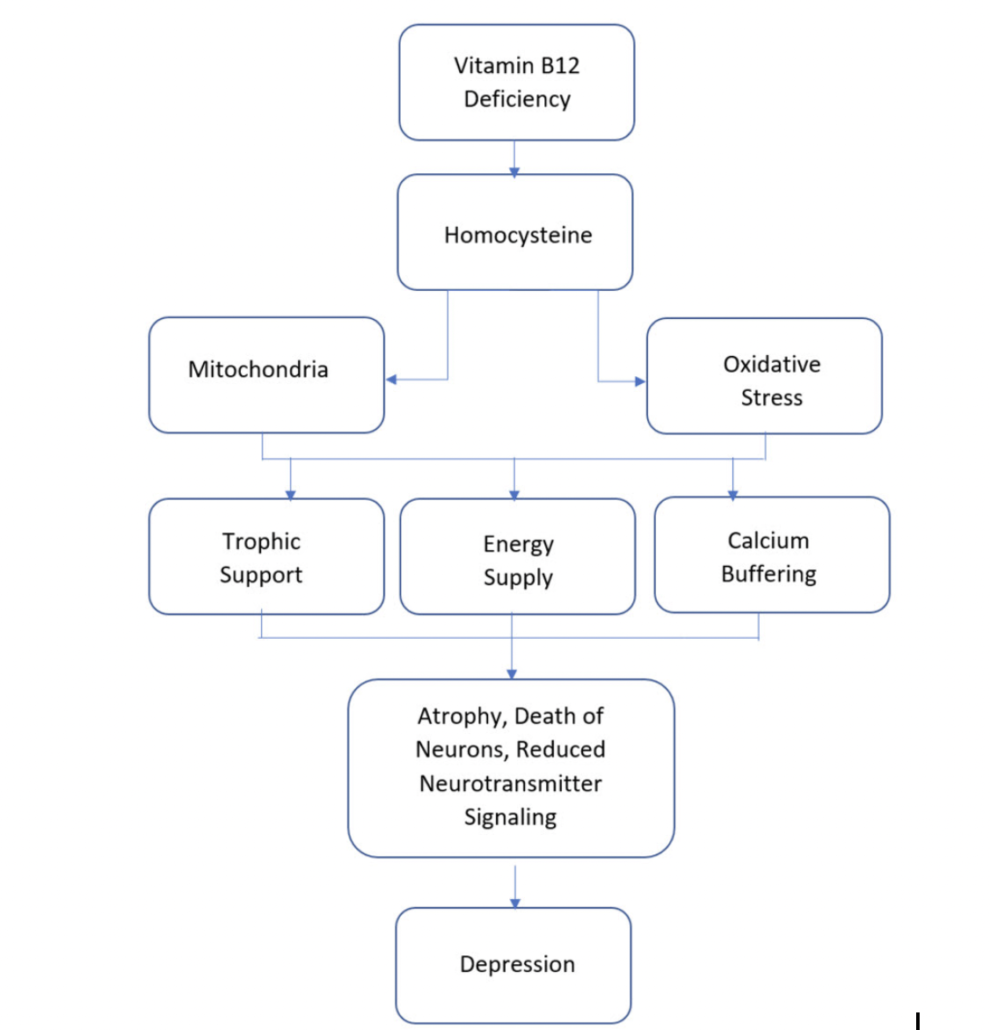
Source: Sangle P, Sandhu O, Aftab Z, Anthony AT, Khan S. Vitamin B12 Supplementation: Preventing Onset and Improving Prognosis of Depression. Cureus. 2020
3. Supports Bone and Dental Health
Beef liver is one of the world’s most abundant sources of vitamin K2, while goose liver is the very best, with over 300% RDV per 100-gram serving. Liverwurst made from either of these liver sources will be a fantastic k2 boost.
If you haven’t heard of k2 you’re not alone. Its properties have only recently been elucidated, but its importance to numerous bodily functions is profound.
K2 gets calcium out of your arteries and into your bone and teeth tissues, significantly reducing the risk of heart disease and osteoporosis.
A large study on postmenopausal women–a population at high risk of osteoporosis–found that K2 supplementation significantly reduced age-related bone mineral density loss.
4. Supports Eye, Skin, and Fertility Health
Liver, and therefore liverwurst, is incredibly high in a type of readily useable Vitamin A called retinol: 922% per 100-gram serving.
The vitamin A retinol in liver is far superior to the type found in plant foods like carrots–which is only a carotenoid precursor. 55% of the population can utilize only a very small amount of carotenoids, while 45% of people lack the gene to convert and use any of it at all. The idea that carrots are good for your eyes is simply a myth.
This makes the Vitamin A in liver and other animal-based foods critical for supporting healthy vision and protecting the eyes against inflammation and degradation.
Vitamin A is also essential for healthy skin, physical growth, and fertility.
In addition to vitamin A, the zinc in liverwurst helps support eye function by further reducing degenerative oxidation and inflammation.
5. Supports Immune Function
The potent combination of Vitamins B12, K2, and vitamin A and zinc in liverwurst supports immune function and significantly regulates inflammation. . Clin Calcium. 2005 Apr;15(4):605-10. Japanese. PMID: 15802772.”/]
6. Promotes Heart Health
Liverwurst has an optimal omega-3 to omega-6 fatty acid ratio, which can help reduce inflammation, balance cholesterol levels, and reduce the risk of heart disease.
7. Supports Liver Health
It might sound counterintuitive, but consuming liverwurst can actually support liver health.
The liver in Liverwurst provides various organ-specific enzymes. One in particular, called cytochrome P450, has been shown to support hormone production, liver detoxification, and healthy liver function.
How Often Should You Eat Liverwurst?
Liverwurst is good for you up to a point. Because liverwurst is extremely high in vitamin A, it’s important to limit how often you eat it in order to avoid vitamin A overdose.
Unlike water-soluble vitamins like B12, which your body flushes out when you’ve had more than enough, vitamin A is fat-soluble. This means that it can accumulate in your body fat, including in your liver, leading to organ damage and birth defects.
To get the benefits of liverwurst without any unwanted side effects, consume 100 grams of liverwurst 1-3 times per week.
Downsides of Liverwurst?
As we’ve seen, liverwurst can be incredibly nutritious and remarkably good for you.
However, many types of sausage, including liverwurst, can be highly processed and include unhealthy and low-quality ingredients like preservatives, fillers, organ meats contaminated with heavy metals, and artificial flavorings.
This makes it important to select unprocessed liverwurst, ideally made from grass-fed animals.
Your local farmer’s market is at the top of the list of places to look for additive-free, highly nutritious liverwurst.
Is Liverwurst Good for You? The Bottom Line
Liverwurst made from high-quality ingredients, especially grass-fed organ meats, is surprisingly good for you.
Boasting over 900% of your vitamin A, over 500% of B12 per serving, and robust amounts of many other essential nutrients, liverwurst provides the benefits of eating liver in a highly palatable and convenient format.
The key to making liverwurst good for you and avoiding the downsides is to choose the highest quality, least processed sausages, and to consume liverwurst no more than 3 times per week to avoid getting too much vitamin A.
Guten appetit!













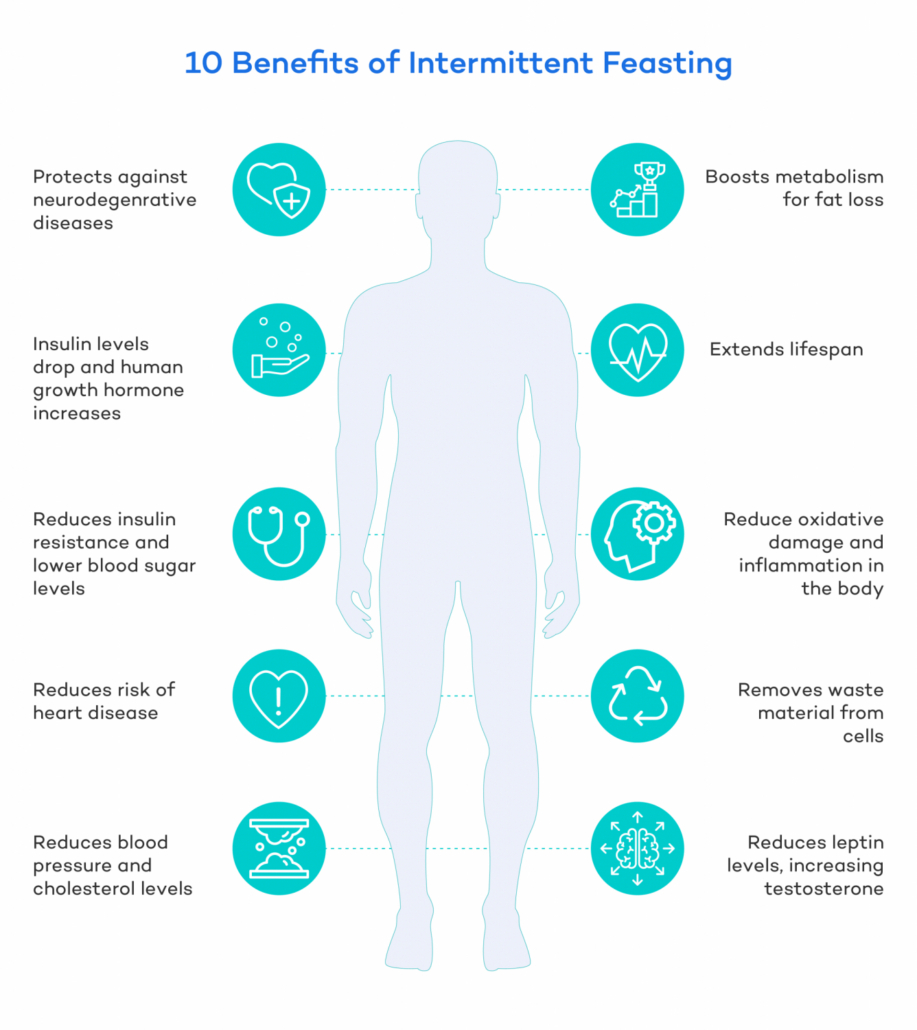
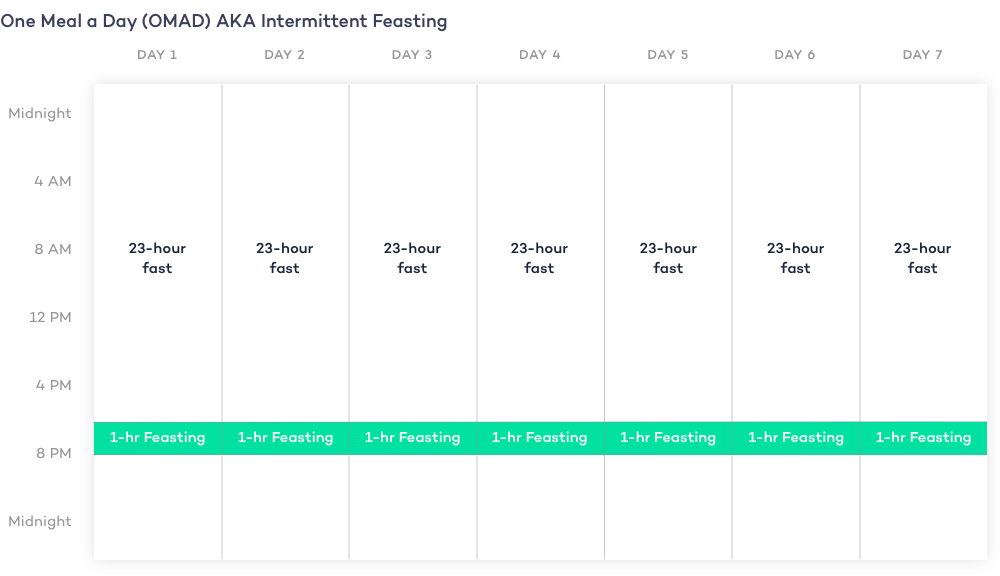
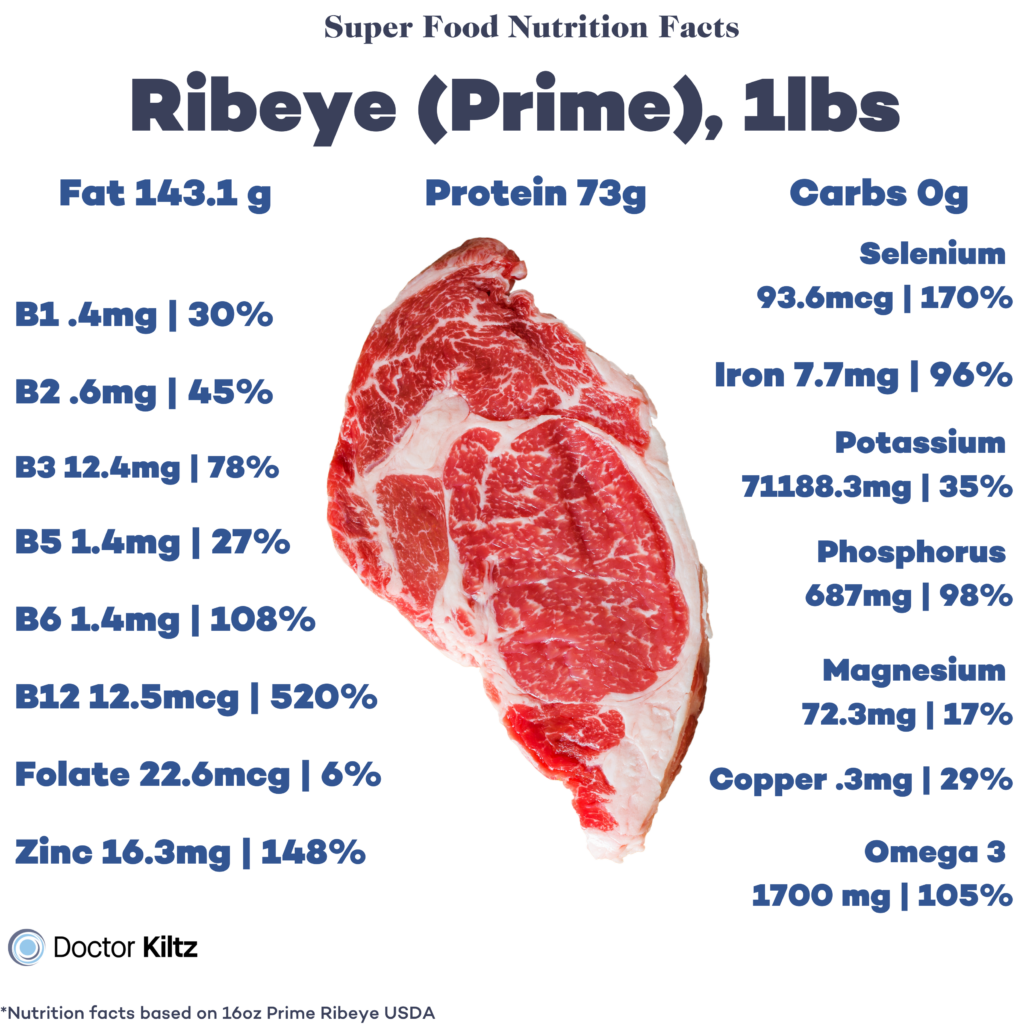

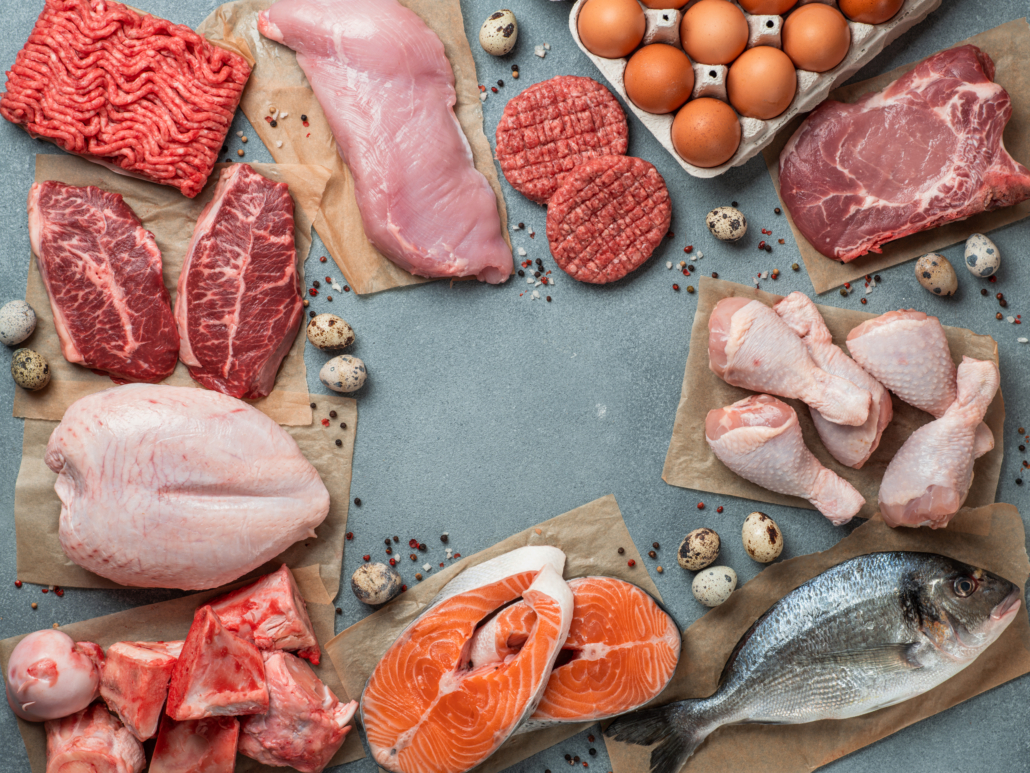

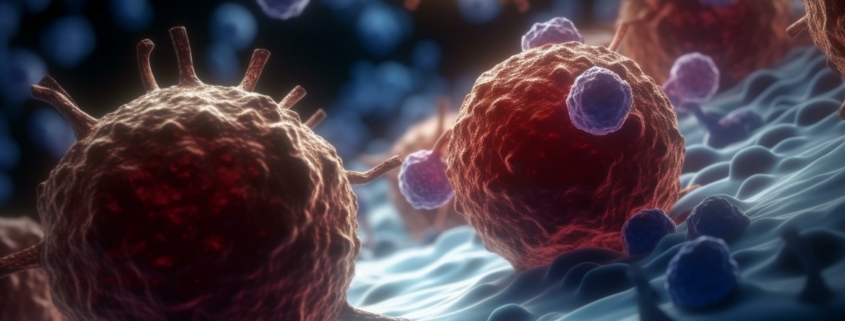
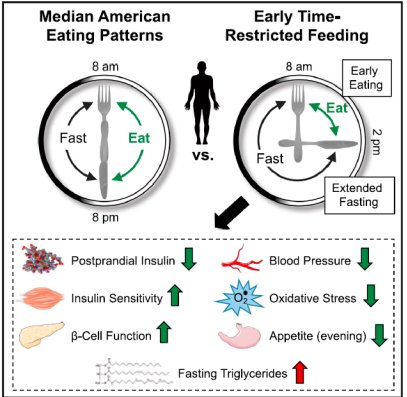
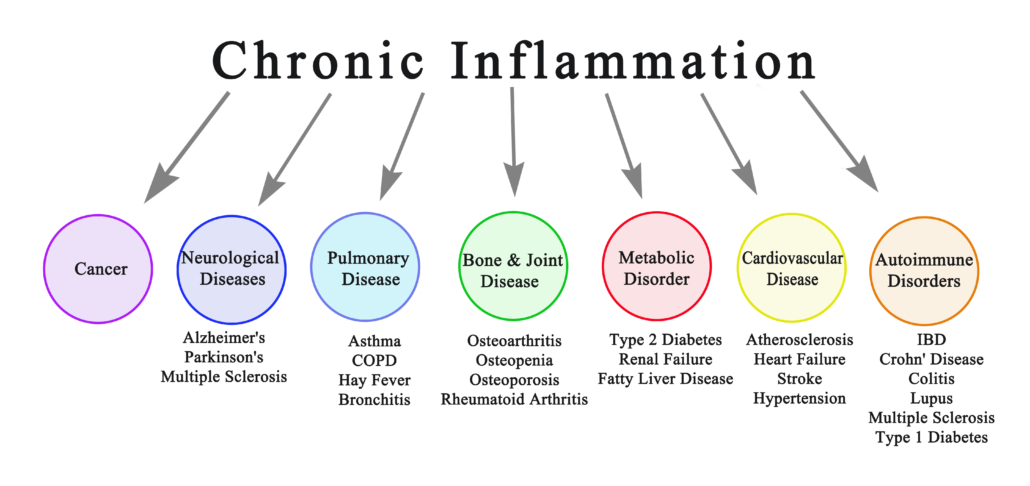

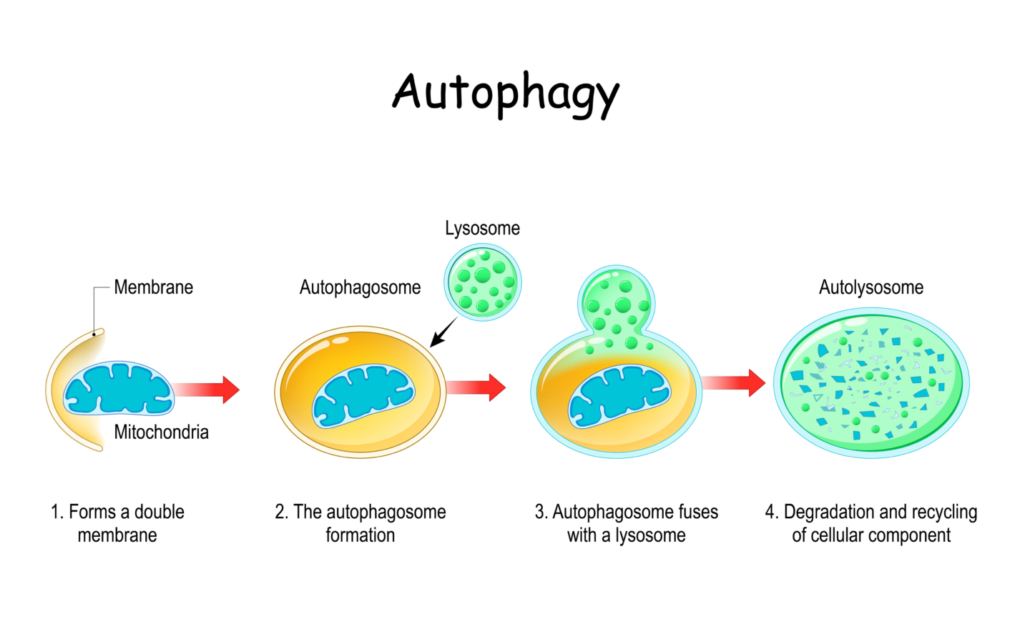
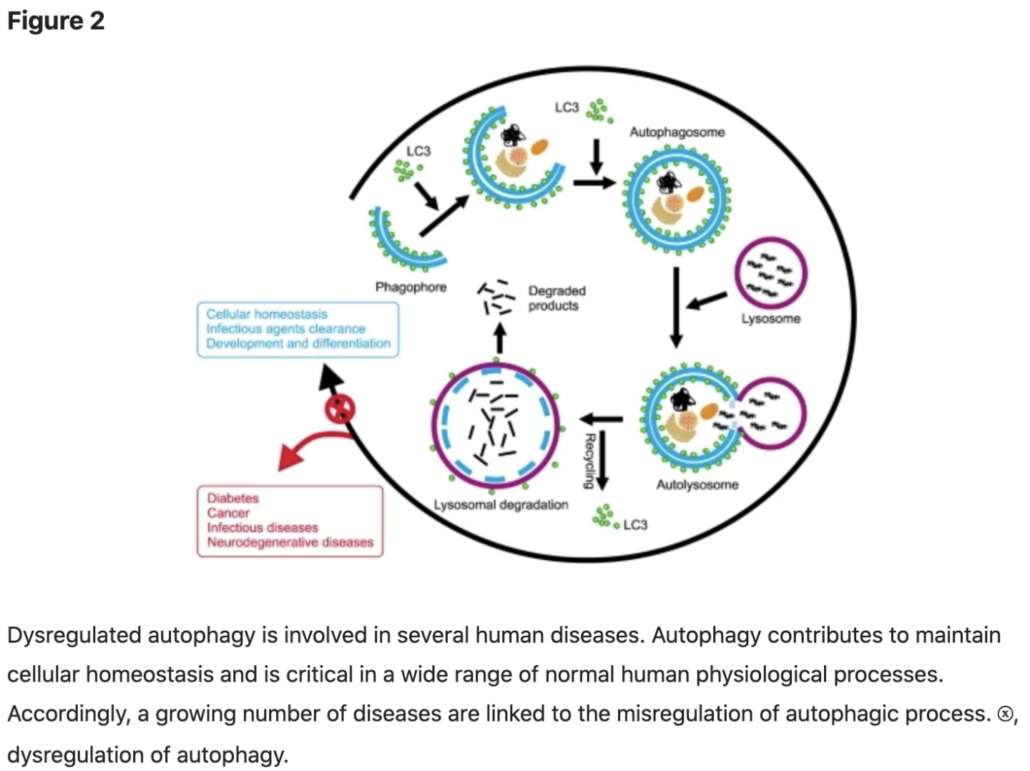
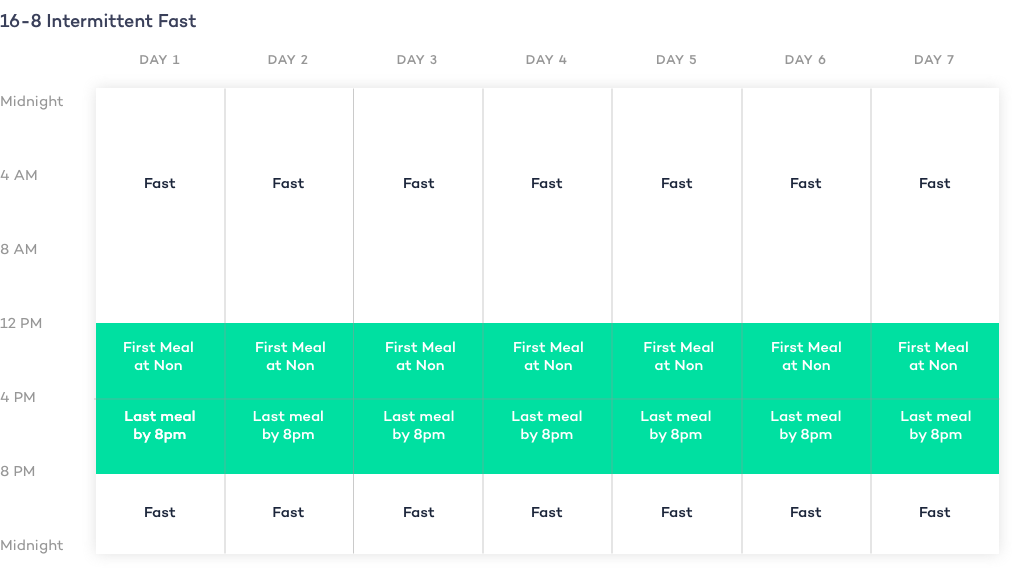
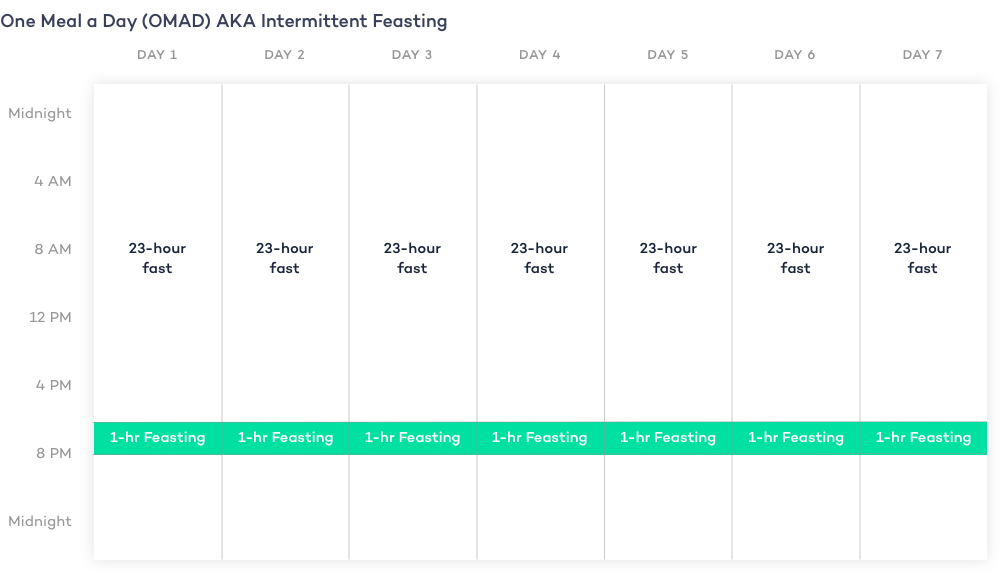
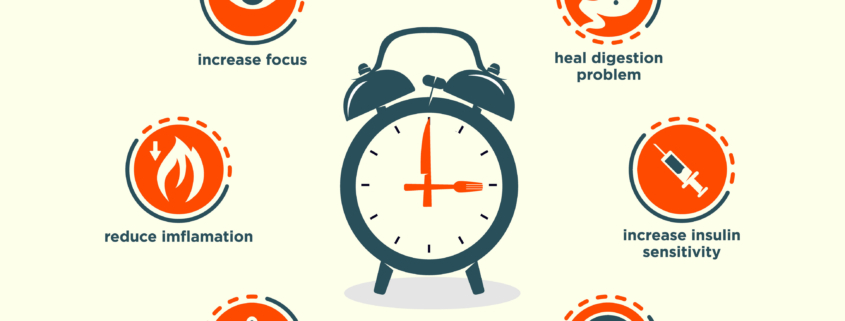
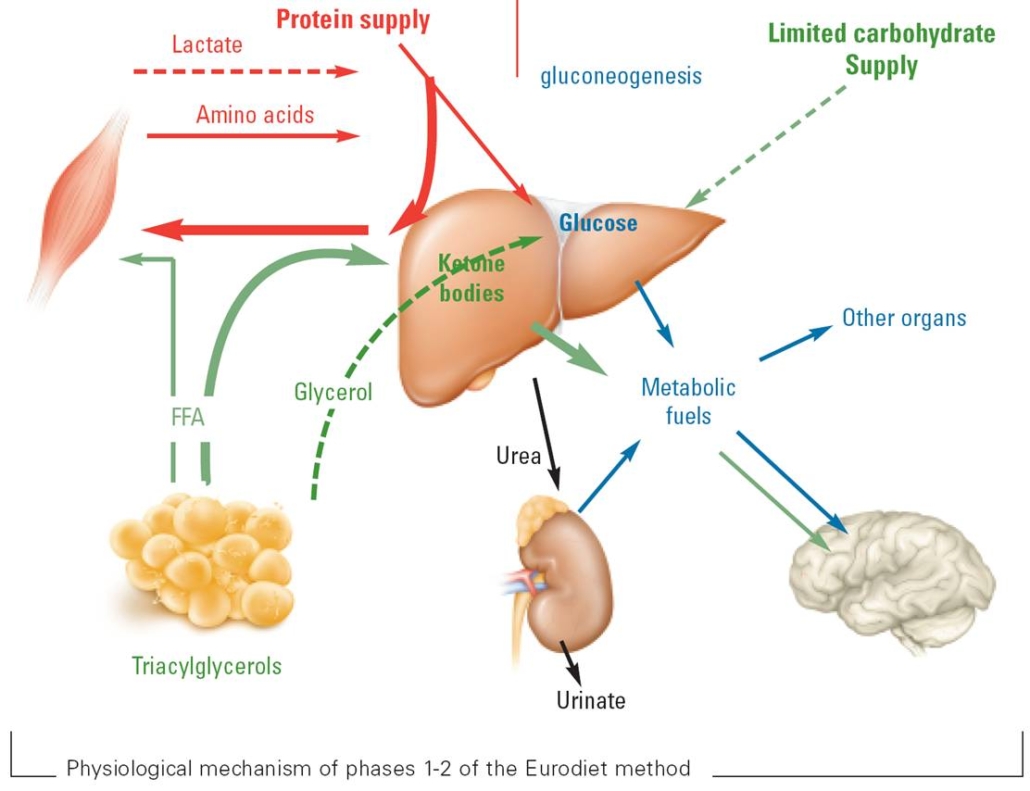
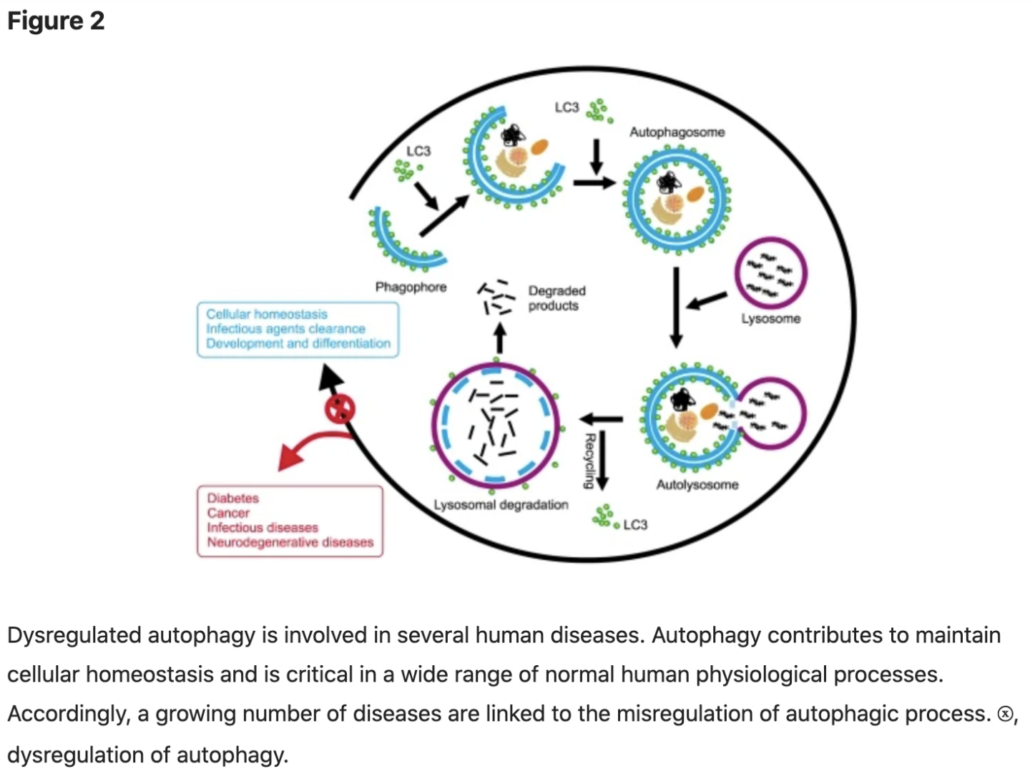
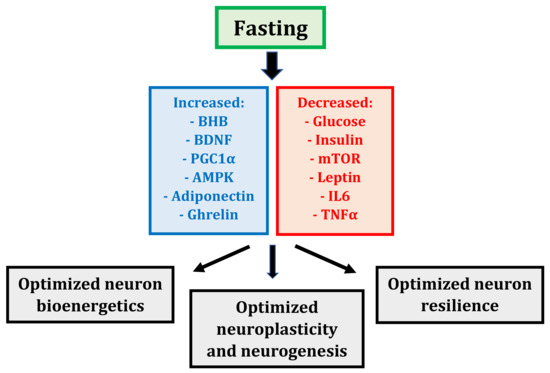
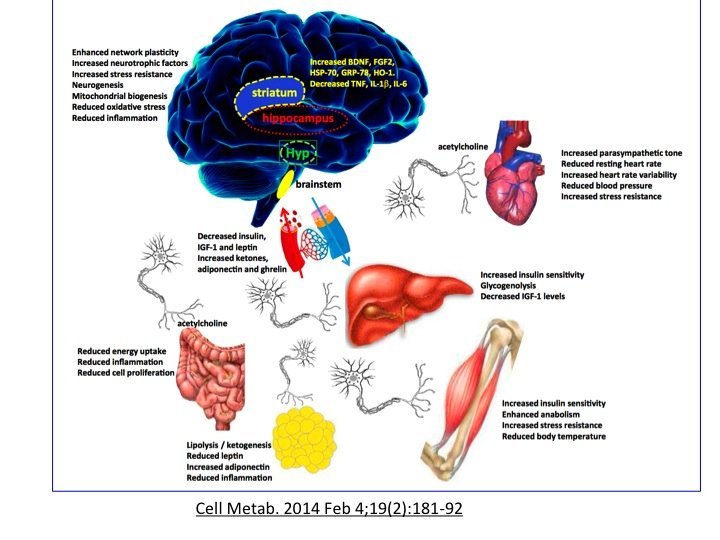
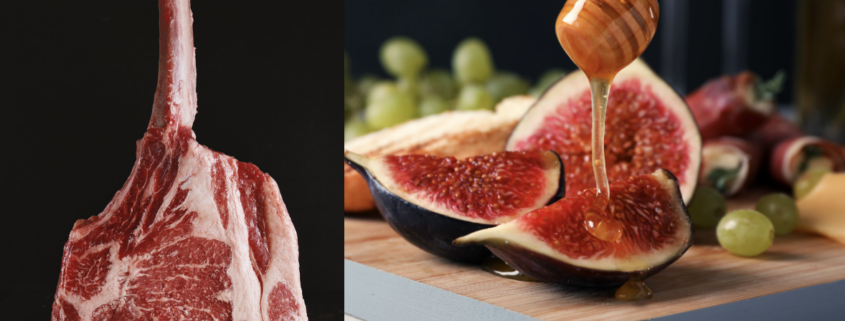
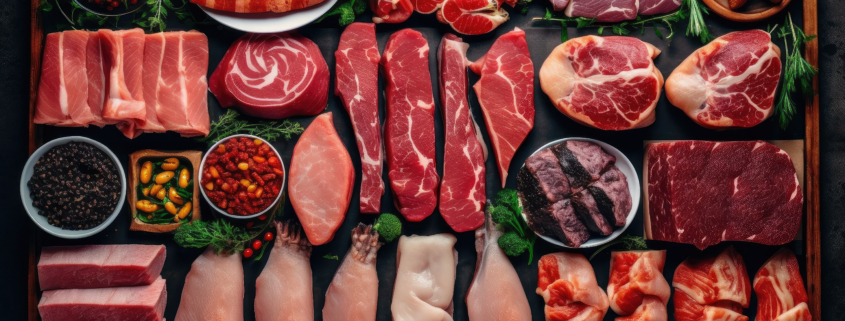
![Intro In recent years there has been a surge of interest and experimentation with the meat-based dietary wisdom of our ancestors. Numerous meat-based diets ranging from restrictive carnivore elimination diets, to more relaxed meat based diets that include dairy, greens, and fruit, have had their time in the limelight. In this article, we’ll explore the various modern approaches to meat based diets, along with their rationale and health benefits. What are Meat Based Diets? Meat-based diets are approaches to eating in which you get the vast majority of your calories from meat and animal products. These diets are typically centered around red meat, especially from ruminant animals like cows, bison, lamb, elk, and goat. Ruminant meats have the most favorable fatty acids, fat-to-protein ratios, and the most abundance of the widest array of micronutrients. Many approaches to a meat based diet prize organ meats, which are the most nutrient-dense foods on earth. While other popular meat based diet foods include poultry, pork, fish, shellfish, and full-fat dairy. Since meat is essentially a zero carb food, most meat based diets are ketogenic, meaning that they require high-fat and moderate protein intake. Because of the fat requirements most meat based meals are augmented with nourishing animal fats like butter, ghee, and tallow. Origins of Meat Based Eating Meat based diets aren’t a newfangled diet trend, they’re a return to ancestral eating patterns. The philosophy supporting meat based eating is based on significant researching revealing that our hunter gatherer ancestors evolved on a hypercarnivorous diet for nearly 2 million years. The dietary reasoning follows that in a world teaming with huge animals (called “megafauna”) it would be a waste of energy/calories to collect/gather far less nutritious plant foods. [6] Our species only began turning to agriculture 10,000 years ago, in large part because we had become so skilled at hunting large land animals that their populations collapsed. [9] A study of the 229 remaining hunter-gatherer groups found that on average, animal foods provided over two-thirds of calories, with a range of 26 to 99 percent. [7] [8] It’s important to keep in mind that these are modern hunter gatherers in a world that has far fewer large animals than our ancestors had access to. This strongly suggests that when given the chance, humans seek and eat meat above all other food sources. Nutrients in a Meat Based Diet Much is made by meat based enthusiasts about how “nutrient dense” animal products are. And the research supports their excitement. Meat and animal products are far and away the best source of proteins, fatty acids, vitamins, and minerals. Below we’ll summarize some of the nutrients that are found exclusively, or in appreciable quantities, in meat. Vitamin B12 B12 is an essential nutrient that your body needs for proper neurological function and the formation of red blood cells. Found only in meat, fish, eggs, and dairy. [13] [14] Omega-3 fatty acids An essential fatty acid–which means you can only get it from food. Omega-3s play a critical role in heart health, brain function, controlling inflammatory responses, and overall well-being. Vitamin D3 In the right conditions, your body can get most of its vitamin D from sunshine. Yet most people don’t get enough sun and are vitamin D deficient. Your body needs vitamin D to regulate calcium and phosphorus absorption, support bone health, proper immune function, and inflammation control. Creatine Found almost exclusively in animal products, particularly in meat, creatine is important for muscle growth and maintenance. Vitamin A (retinol) One of the most important vitamins, A is essential to maintaining vision,immune function, and reproduction, and physical development. [15] [16] [17] [18] [19] You may have heard of plants like carrots containing vitamin A, but this is in a carotene form which is only a precursor to vitamin A. 45% of people have a genetic variation that makes it impossible to convert and use vitamin A from plants, while everyone else can convert only a very small amount. This makes vitamin A (retinol) from plant foods extremely important. [9][10] [11] Heme iron Heme iron is needed for the transport oxygen throughout your body, and it’s a component of hemoglobin in red blood cells and myoglobin in muscle cells. Though you can get some iron from plants, your body has a hard time using it. While heme iron from animals is easily used by the body. This is why vegans and vegetarians are often iron deficient.18 19 20 Other Essential Nutrients There are various other nutrients that exist to some degree in plants, yet are far more abundant and useable when sourced from animal products. These nutrients include zinc, vitamin K, choline, and selenium. [6] Benefits of a Meat Based Diet The most important study on the benefits of the meat based diet came out of Harvard university and was published in 2021. This massive study gathered self-reported data from 2,029 people who had been eating a carnivore diet for at least 6 months. [41] Lead researchers Dr. Belinda Lennerz and Dr. David Ludwig concluded: “Contrary to common expectations, adults consuming a carnivore diet experienced few adverse effects and instead reported health benefits and high satisfaction.” [1] Significant of the remarkable benefits reported by meat-based eaters included 93% improved or resolved obesity and excess weight 93% improved hypertension 98% improved conditions related to diabetes 97% improved gastrointestinal symptoms 96% improved psychiatric symptoms Now let’s compare the different types of all meat diets. Standard Carnivore Diet The standard carnivore diet means eating only animals products and eliminating all plant foods including fruits, veggies, grains, nuts, seeds, and vegetable oils. Like most most meat based diets, the standard carnivore diet is centered around fatty ruminant meats, augmented with pork, eggs, seafood, poultry, and dairy if tolerated. Most carnivore dieters experiment with some organ meats, especially beef liver. Nose-to-Tail Meat Based Diet Nose-to-tail meat based eating means consuming a variety of meats, including organ meats like liver, spleen, marrow, heart, pancreas, and brains. This is likely the closest to a truly ancestral meat based diet that modern humans will get. Many nose-to-tail dieters also allow for full fat dairy products. Lion “Elimination Diet” The lion diet was popularized by Michaela and Jordan Peterson. It entails eliminating all foods but meat, salt, and water. The meat in this diet is only from ruminant animals, and requires the fattiest cuts. As an elimination protocol, the lion diet makes you the subject of your own nutritional study. In the short term, this approach is aimed at eliminating all variables–especially toxic plant compounds–that may be contributing to metabolic issues, chronic inflammation, and digestive problems. Carnivore Adjacent Diet The “carnivore adjacent” meat based diet entails getting 80-90% of your calories from animal products, and the remainder from low-carb and low toxin plants, fruits, nuts, and seeds. It still requires cutting out all processed foods, added sugars, grains, and vegetable oils. Many people use this approach as “training wheels” on the path to a full carnivore diet. Meat and Greens Diet The meat and greens diet means eating only fatty meat, greens, water, and salt. Some people allow grass-fed butter, while other insist on cooking only in animal fats like tallow. This is another version of a meat based elimination diet. After 30-90 days of dieters often explore adding full-fat dairy, eggs, pork, poultry, and seafood. Like the other meat based diets on this list, meat and greens diet eliminates all industrial foods, including toxic seed “vegetable” oils, grains, and sugars. It’s worth noting that greens are high in a particularly plant toxin called oxalic acid that can cause intestinal issues and block the absorption of various nutrients. Meat and Fruit Diet The meat and fruit approach to a meat-based diet was popularized by “Carnivore, M.D.” Paul Saladino. After years of consuming and promoting a meat-only diet, Saladino found that his electrolyte levels were unstable. When he moved to Costa Rica he began exploring the effects of eating fruit and found that his insulin was lower when eating fruit and meat and when on a fully ketogenic diet. Saladino then discovered that having more stable insulin levels helped with electrolyte balance. Podcast host Joe Rogan is another meat based enthusiast who claims that meat and fruit make up 90% of his diet. Some people doing the meat and fruit approach focus only on fruits high in vitamin C and keep their carb contributions to less than 50 grams per day. While others, like Saladino, jettison carb counting and eat up to 200 or 300 grams of fruit carbs per day. The meat and fruit diet may be a good approach for hard-training athletes who deplete glycogen stores and need to reload to maintain athletic performance. Meat Based Diets: The Bottom Line Meat based diets offer a way to realign our modern dietary habits with the way our hunter gatherer ancestors ate for the vast majority of our time on earth. Meat based diets provide an abundance of the most nutrient dense foods on earth, while eliminating all processed industrial foods, added sugars, and vegetable oils. This way of eating can help regulate blood sugar, eliminate harmful plant toxins and antinutrients, reduce inflammation and autoimmune disorders, increase testosterone and libido, improve mental clarity, increase energy, and support overall wellbeing. time line of human carnivory](https://www.doctorkiltz.com/wp-content/uploads/2023/07/Figure-1-Human-brain-Dr.-Miki-Ben-Dor-1536x689-2-1440x646-2-1030x462.jpg)
